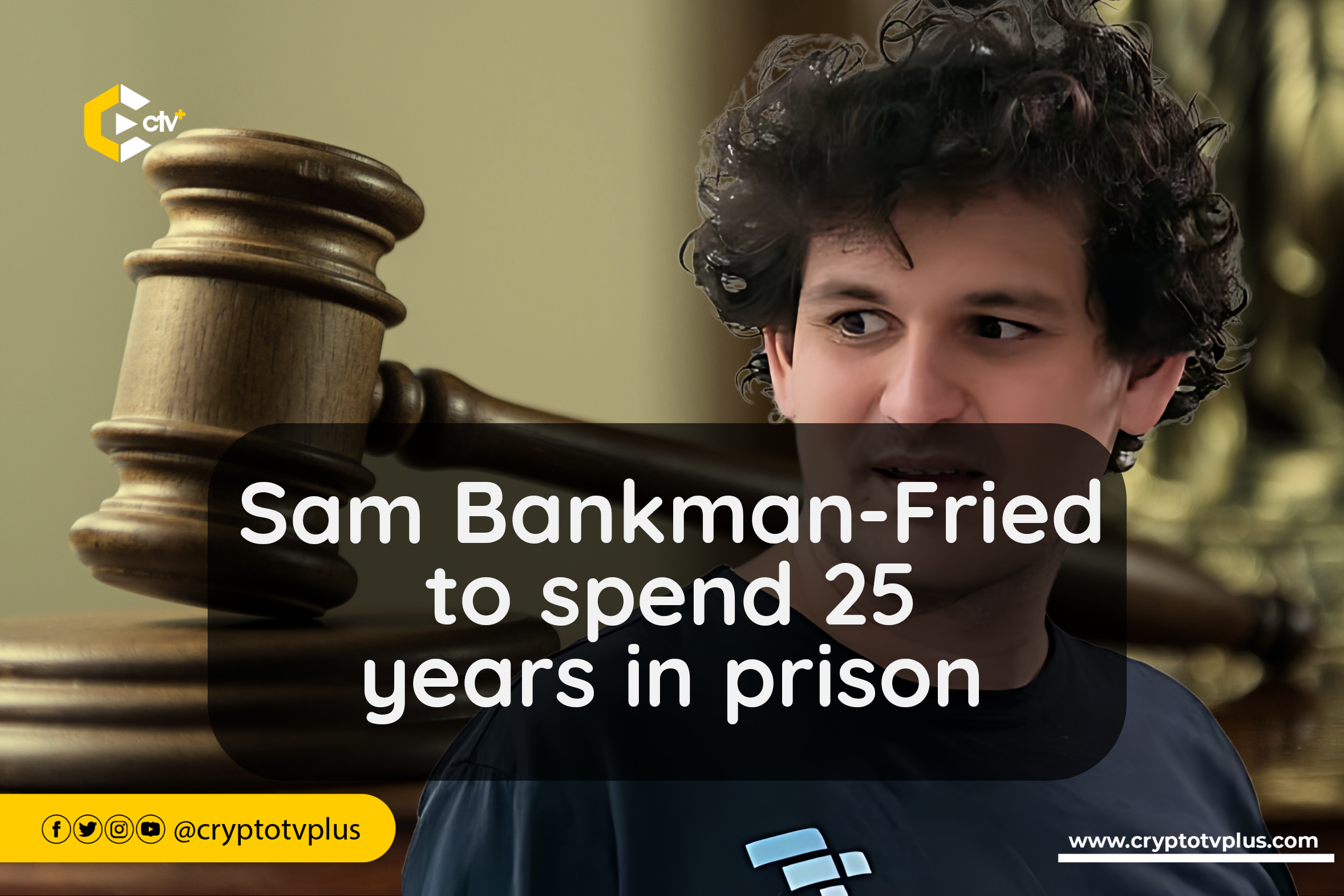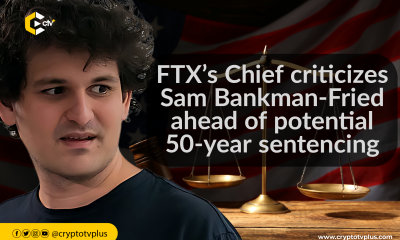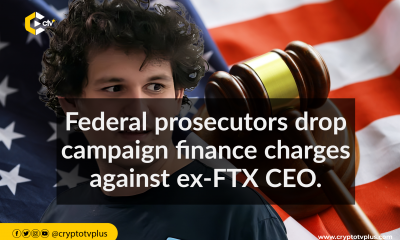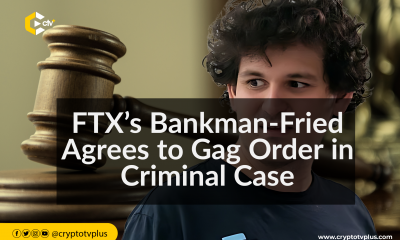News
Sam Bankman-Fried to spend 25 years in prison

Sam Bankman-Fried, the founder of the failed cryptocurrency exchange FTX, has been sentenced to 25 years in prison by a federal judge for defrauding customers and investors of his exchange.
This sentencing follows a trial where Bankman-Fried was found guilty on all seven criminal counts, including wire fraud, conspiracy to commit wire fraud, securities fraud, commodities fraud, and money laundering.
Despite facing a maximum possible sentence of 120 years, the judge’s decision to sentence him to 25 years reflects the severity of the crimes committed, which involved stealing over $8 billion from FTX customers and investors.
The judge criticized Bankman-Fried for perjury and attempted witness tampering during the trial, highlighting the lack of remorse and deceptive behavior exhibited by the former CEO.
Collapse of FTX
FTX’s 2022 demise unfolded due to a liquidity crisis, leading to bankruptcy. When it was discovered that Alameda Research largely held FTX’s token, FTT, customers began withdrawing funds, raising doubts about financial stability and management. Consequently, FTX collapsed.
In the aftermath, FTX’s founder, Sam Bankman-Fried, faced a barrage of accusations and legal battles that revealed the company’s pre-collapse operations.
Bankman-Fried was charged with wire fraud, securities fraud, money laundering, and violations of campaign finance laws by federal prosecutors.
These charges alleged that Bankman-Fried misled investors by using their funds for undisclosed investments, debt repayments, real estate, and political donations.
Trials of SBF
During the trial, prosecutors argued that Bankman-Fried had embezzled over $8 billion of customer funds, causing FTX’s financial downfall. FTX, previously valued at $32 billion, faced insolvency due to these actions.
The prosecution provided evidence of Bankman-Fried’s participation in a fraudulent scheme involving unauthorized fund transfers that deceived investors and customers of FTX.
After a trial marked by compelling testimonies, Bankman-Fried was convicted on all seven charges, which ranged from wire fraud, conspiracy to commit wire fraud, securities fraud, and commodities fraud, to money laundering.
Change of leadership
During the trial, a leadership change was made to guide the firm in a new direction. John Ray III took on leadership duties to address the issues and obstacles that led to the exchange’s downfall.
With a background in legal and restructuring expertise, Ray criticized the previous management under Sam Bankman-Fried for lacking corporate controls, reliable financial reporting, and adherence to regulations. This marked a shift in leadership approach and priorities.
Ray’s appointment marked a new chapter for FTX, focusing on investigating financial irregularities, implementing strict controls, and cooperating with regulators to navigate the aftermath of the exchange’s collapse.
His actions included assessing FTX’s financial status, locating missing or stolen assets, and conducting a thorough operational review to boost recoveries for clients and creditors. If the company returns to full operations, Sam Bankman-Fried will serve a twenty-five-year term in prison.
Read also; FTX’s Chief criticizes Sam Bankman-Fried ahead of potential 50-year sentencing
























